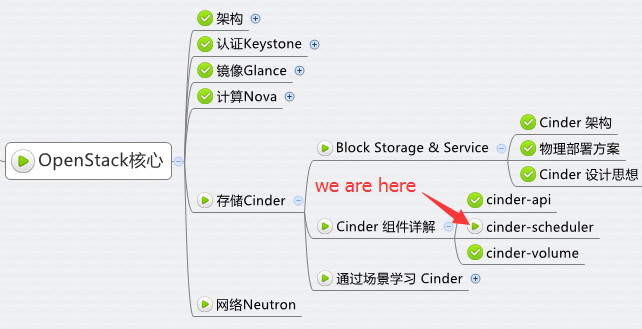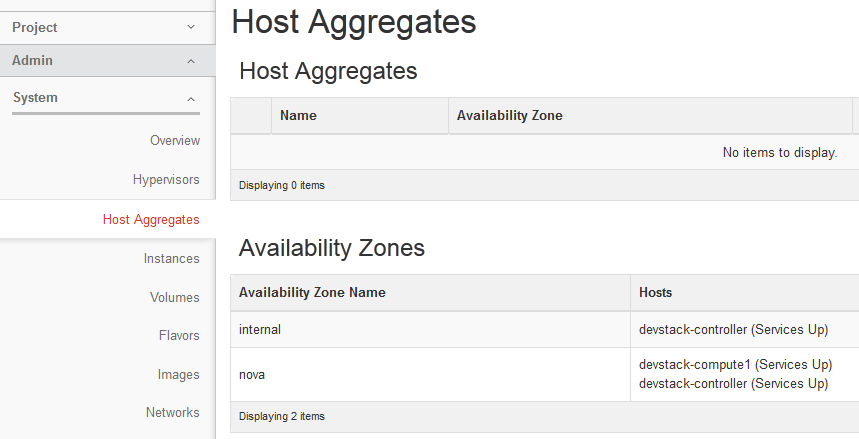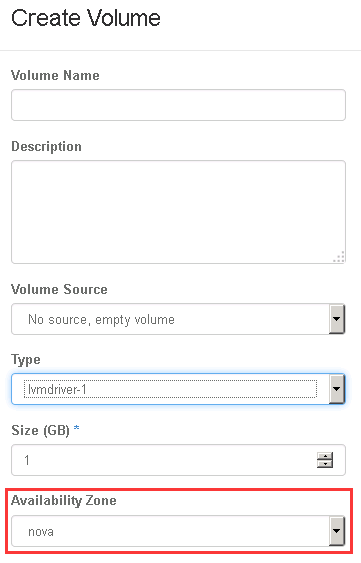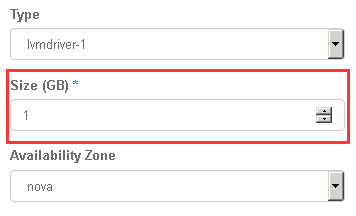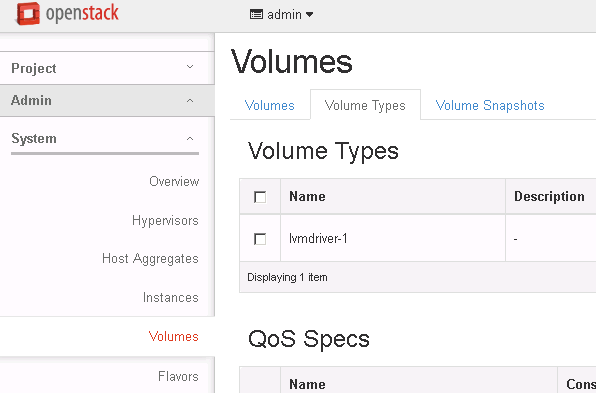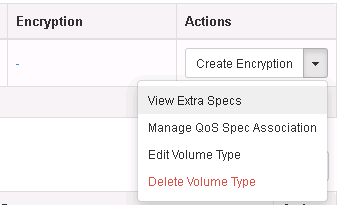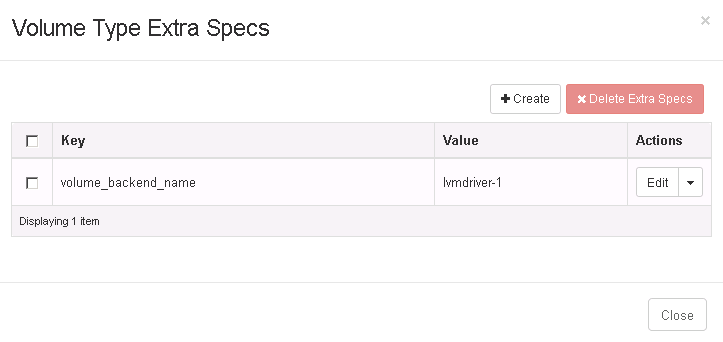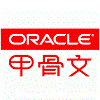掌握 cinder-scheduler 调度逻辑 - 每天5分钟玩转 OpenStack(48)
上一节我们详细讨论了 cinder-api 和 cinder-volume,今天讨论另一个重要的 Cinder 组件 cinder-scheduler。
创建 Volume 时,cinder-scheduler 会基于容量、Volume Type 等条件选择出最合适的存储节点,然后让其创建 Volume。
下面介绍 cinder-scheduler 是如何实现这个调度工作的。
在 /etc/cinder/cinder.conf 中,cinder 通过 scheduler_driver, scheduler_default_filters 和 scheduler_default_weighers 这三个参数来配置 cinder-scheduler。
Filter scheduler
Filter scheduler 是 cinder-scheduler 默认的调度器。
scheduler_driver=cinder.scheduler.filter_scheduler.FilterScheduler
与 Nova 一样,Cinder 也允许使用第三方 scheduler,配置 scheduler_driver 即可。
scheduler 调度过程如下:
-
通过过滤器(filter)选择满足条件的存储节点(运行 cinder-volume)
-
通过权重计算(weighting)选择最优(权重值最大)的存储节点。
可见,cinder-scheduler 的运行机制与 nova-scheduler 完全一样。
Filter
当 Filter scheduler 需要执行调度操作时,会让 filter 对计算节点进行判断,filter 返回 True 或者 False。
cinder.conf 中 scheduler_default_filters 选项指定 filter scheduler 使用的 filter,默认值如下:
scheduler_default_filters = AvailabilityZoneFilter, CapacityFilter, CapabilitiesFilter
Filter scheduler 将按照列表中的顺序依次过滤:
AvailabilityZoneFilter
为提高容灾性和提供隔离服务,可以将存储节点和计算节点划分到不同的 Availability Zone 中。例如把一个机架上的机器划分在一个 Availability Zone 中。OpenStack 默认有一个命名为“Nova” Availability Zone 的,所有的节点初始都是放在“Nova”中。用户可以根据需要创建自己的 Availability Zone。
创建 Volume 时,需要指定 Volume 所属的 Availability Zone。
cinder-scheduler 在做 filtering 时,会使用 AvailabilityZoneFilter 将不属于指定 Availability Zone 的存储节点过滤掉。
CapacityFilter
创建 Volume 时,用户会指定 Volume 的大小。CapacityFilter 的作用是将存储空间不能满足 Volume 创建需求的存储节点过滤掉。
CapabilitiesFilter
不同的 Volume Provider 有自己的特性(Capabilities),比如是否支持 thin provision 等。Cinder 允许用户创建 Volume 时通过 Volume Type 指定需要的 Capabilities。
Volume Type 可以根据需要定义若干 Capabilities,详细描述 Volume 的属性。VolumeVolume Type 的作用与 Nova 的 flavor 类似。
Volume Type 在 Admin -> System -> Volume 菜单里管理
通过 Volume Type 的 Extra Specs 定义 Capabilities
Extra Specs 是用 Key-Value 的形式定义。 不同的 Volume Provider 支持的 Extra Specs 不同,需要参考 Volume Provider 的文档。
上图所示的 Volume Type 只有一个 Extra Specs “volume_backend_name”,这是最重要也是必须的 Extra Specs。
cinder-volume 会在自己的配置文件 /etc/cinder/cinder.conf 中设置“volume_backend_name”这个参数,其作用是为存储节点的 Volume Provider 命名。
这样,CapabilitiesFilter 就可以通过 Volume Type 的“volume_backend_name”筛选出指定的 Volume Provider。
不同的存储节点可以在各自的 cinder.conf 中配置相同的 volume_backend_name,这是允许的。因为虽然存储节点不同,但它们可能使用的是一种 Volume Provider。
如果在第一步 filtering 环节选出了多个存储节点,那么接下来的 weighting 环节会挑选出最合适的一个节点。
Weighter
Filter Scheduler 通过 scheduler_default_weighers 指定计算权重的 weigher,默认为 CapacityWeigher。
scheduler_default_weighers = CapacityWeigher
如命名所示,CapacityWeigher 基于存储节点的空闲容量计算权重值,空闲容量最大的胜出。
下一节我们将开始通过各种场景学习 Cinder。
